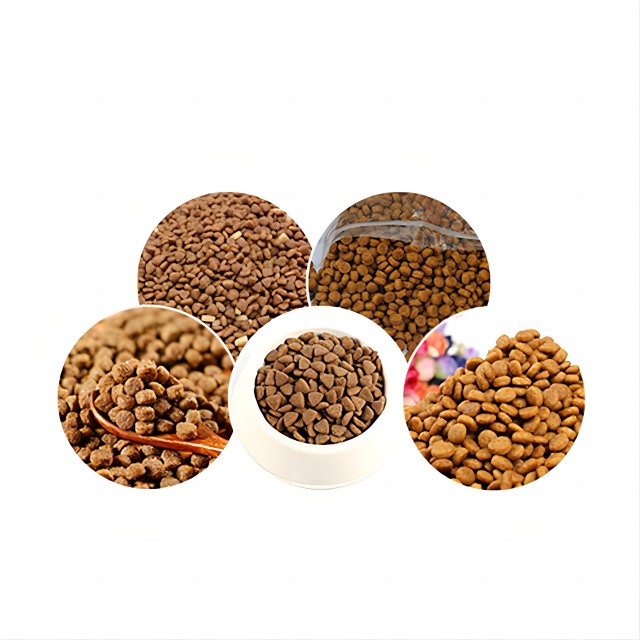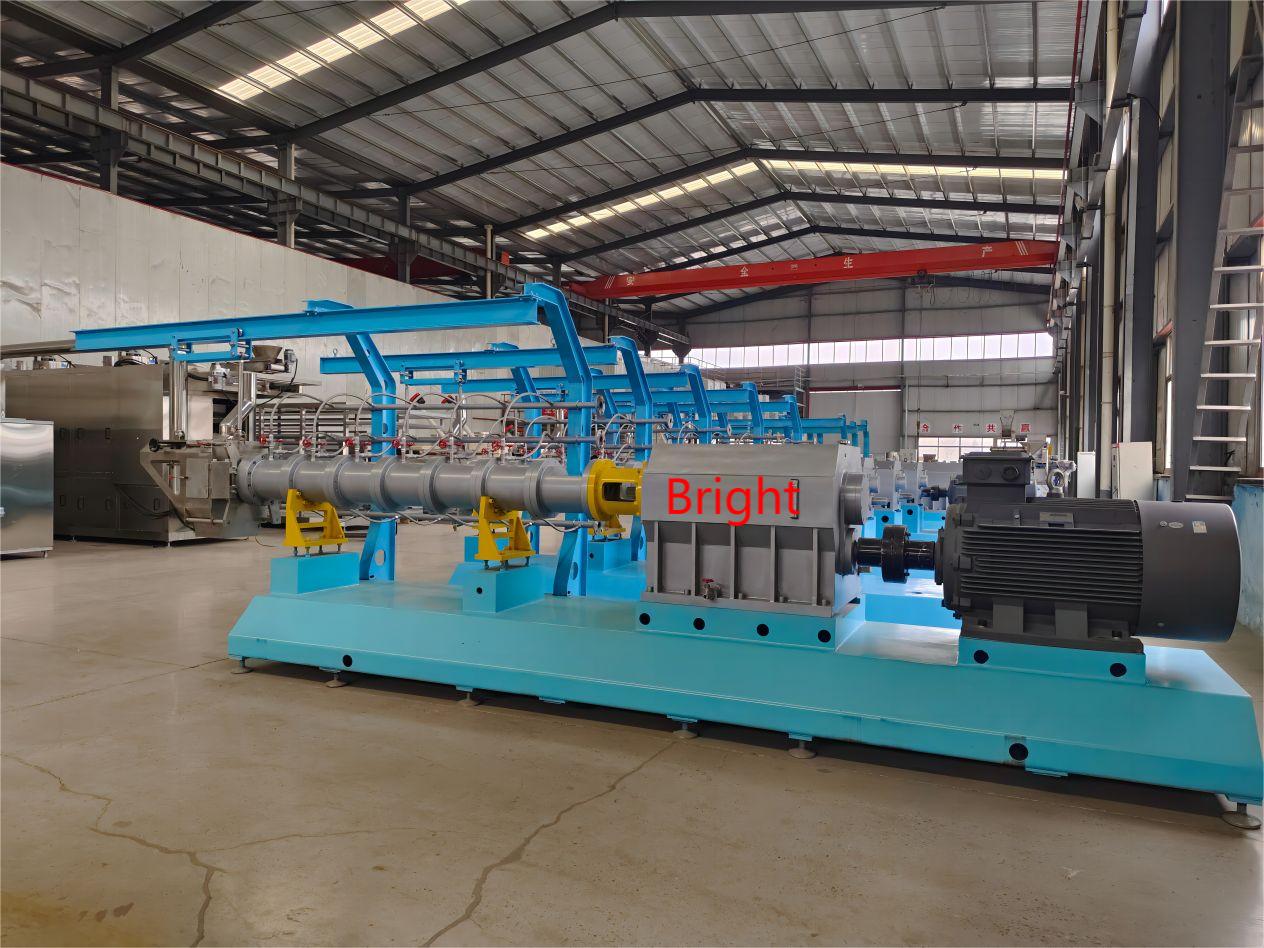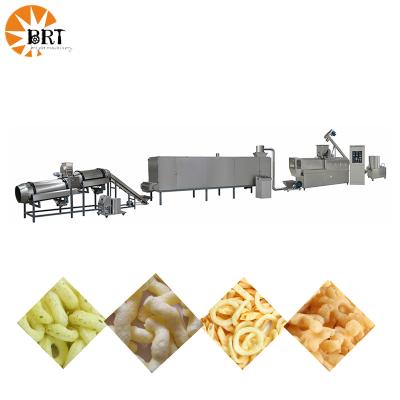Sources of Fat in Pet Food
Sources of Fat in Pet Food
Grease is a general term for fat and oil. It is one of the main nutrients in pet food. The chemical elements contained in grease are mainly C, H, O, and some also contain N, P and other elements. The grease in pet food provides fat for pets. For pets, fat is an important component of pet body tissues. Fat is contained in the skin, bones, muscle nerves, blood, and internal organs of pets. Most lipids are important components of cell membranes, and lipids are also raw materials for cell proliferation, renewal, and repair. At the same time, fat is also involved in the synthesis of certain metabolic regulatory substances in cells, such as sex hormones and bile acids. The proportion of fat in pet dogs' bodies is as high as 10-20% of their own body weight. When the proportion of fat reaches a certain level, it will increase the palatability of cat food. In order to meet the demand for fat content in pet food, the amount of fat added usually reaches about 10% of the formula.

1.Chicken fat
Chicken fat is a very common fat source in pet food, accounting for 10%-20% of the total production, and has a better flavor than other fats. Chicken fat comes from several different sources: refined, refined-refined, low-temperature blanching, etc. This results in differences in quality, consistency and cost of its products, as well as small differences in its secondary nutrients (such as carotenoids), palatability and stability. Chicken fat contains fatty acids, proteins, fat-soluble vitamins, sterols and other components, among which fatty acid composition is one of the important indicators for evaluating the nutritional value of chicken fat and is also an important chemical component that affects its flavor. Modern research shows that the degradation products generated by the oxidation of chicken fat and the products generated by the Mailard reaction not only have a fat aroma, but also can form the characteristic aroma of chicken, which can enhance the flavor function of chicken fat. The unsaturated fatty acids in chicken fat have a significant impact on flavor, especially monounsaturated fatty acids, which contribute more to authenticity. It is relatively easy to maintain the stability of chicken fat when it is stored in bulk; however, when chicken fat is added to pet food, its stability will be affected to a certain extent. How food is processed and packaged directly affects the effectiveness of preservatives.

2.Butter
Butter is one of the earliest original fats used in pet food. Butter is mostly saturated fatty acids (i.e. solid at higher temperatures), which meets the definition of tallow, which has a melting point of 40 degrees Celsius. For pets, saturated fats like tallow are negatively correlated with transport lipoproteins, which can easily lead to cholesterol and coronary heart disease. Pets are considered a "HDL species", which means that they have a good HDL advantage in circulation. About 50% of the fatty acids in butter are saturated, with a small amount of linoleic acid and linolenic acid, and no long-chain fatty acids 2-3, which is similar to the saturation of mutton. Butter is more digestible than chicken fat and lard (the digestibility is over 97%).

3.Fish oils
Fish oils are the most popular source of animal fats after beef, animal and poultry fats, and if pet food trends align with pet parents’ trends, fish oils may be seen as an increasingly popular ingredient for those concerned about their pet’s health in the coming years. In the process of considering oils and fats as healthy ingredients, more and more formulators are choosing oils and fats rich in omega 3 and omega 6 fatty acids. Fish oils are often seen as an important source of these key nutrients. Various fish oils have been highlighted in pet food for their functions, mainly for skin and coat health, as well as for their anti-inflammatory and heart-healthy effects.

4.Lard
Lard is an animal fat commonly used in pet food. Lard can be made by steaming, boiling or dry heating. The quality of lard varies depending on the source and processing method; if properly processed, it can be almost odorless and tasteless. Lard is high in saturated fatty acids and contains no trans fats. 100 grams of lard contains 95 mg of cholesterol, 0.6 mg of vitamin E, 2.5 micrograms of vitamin D, 0.11 mg of zinc, and 0.2 micrograms of selenium. The content of essential fatty acids such as linoleic acid in lard is generally between 3% and 16%, and the difference in its essential fatty acid content may be affected by the feed consumed by the pigs before they are slaughtered.
Due to the presence of palmitic acid and oleic acid in lard, the state and quality of lard are generally stable. Lard and feed-grade lard are semi-solid to viscous liquid at room temperature and solidify in colder weather, so some special handling is required during transportation or loading and unloading
In addition, lard can only be fully penetrated by attaching it to hot food. The digestibility of lard is high, comparable to other fats, and it has good palatability for both cats and dogs. Kane et al. showed that cats had no preference for lard, tallow, and hydrogenated vegetable oil.


